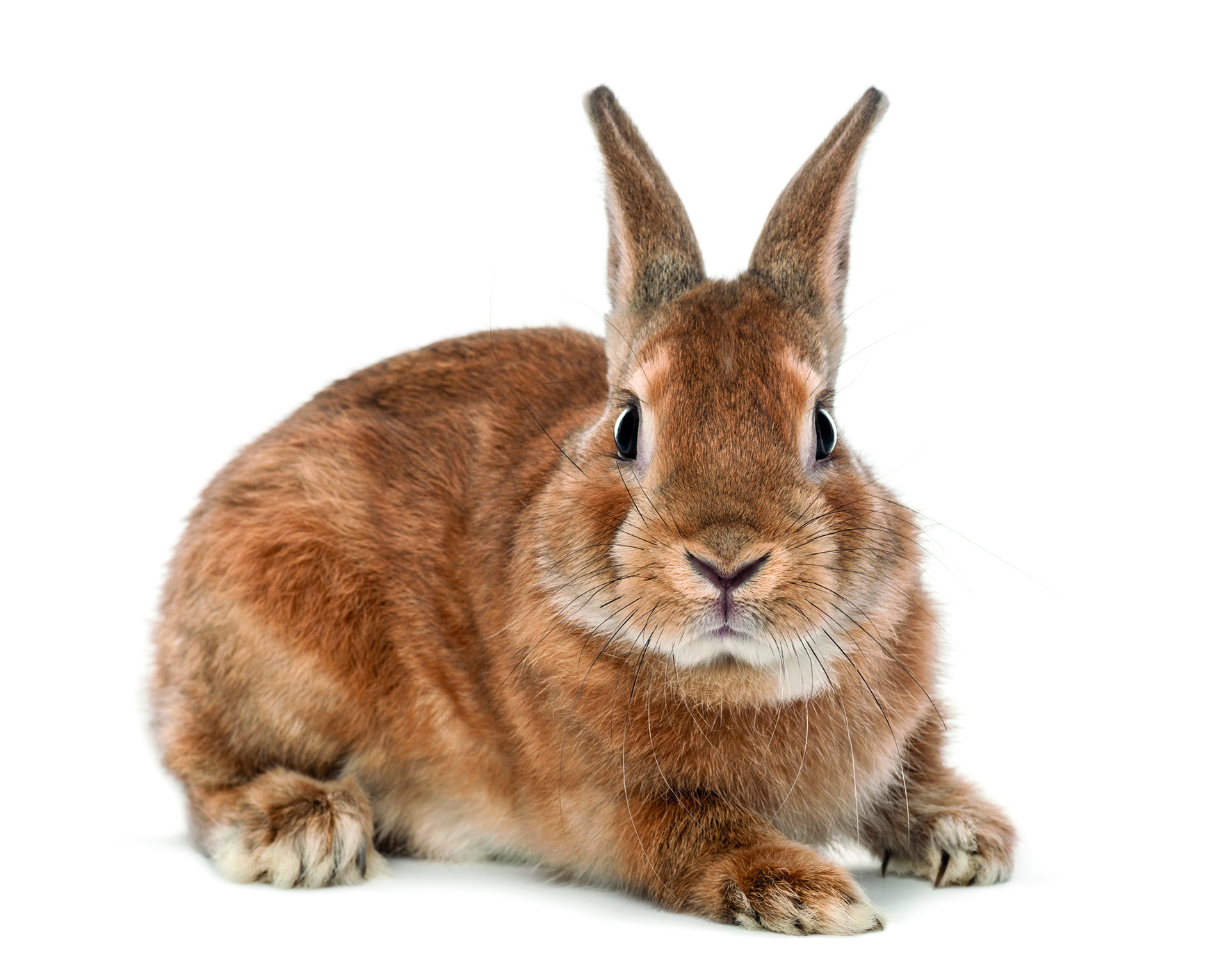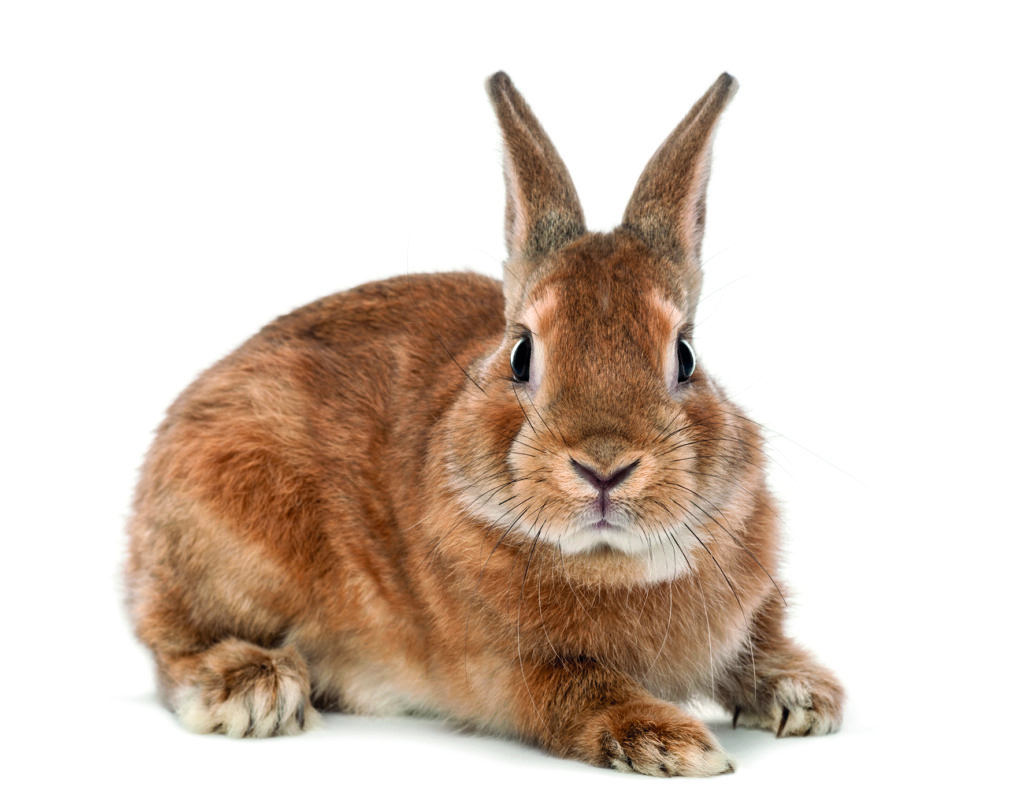If your children are nagging you for a family pet, the domestic rabbit may seem the perfect solution. This prolific species, introduced to our shores by the Romans 2000 years ago, is now Britain’s third most popular pet, after cats and dogs.
The common view is that rabbits are simple creatures, low maintenance with few needs, only wanting a hutch and a bunch of carrots to flourish. They also look so cute and cuddly that the presumption is they must be gentle and child-friendly. Owners with fond childhood memories of Peter Rabbit and Watership Down may be shocked when the family bunny reveals its capacity to deliver a hard bite, to growl, to spit, and even to widdle all over its owners and their possessions. ‘Bad’ bunnies have been known to chew through electric cables, poo as they maraud around the home, nip at ankles and even strip wallpaper. The study of rabbit behaviour is in its infancy and calls for help with a problem bunny are rare- such animals are generally euthanised or packed off to rescue.
As with so many domestic species the rabbit has not evolved much beyond its wild cousins and this presents something of a challenge to the would-be owner. The fact is rabbits are complex, highly social and territorial creatures. They dislike being kept alone but also form close family bonds and will not necessarily accept a new, unknown rabbit without a serious fight- especially in the breeding season when females can fight to the death. As prey animals, rabbits are prone to fear of novelty and anxiety. They also prefer to be active and to feed at dawn and dusk, hiding away in between times.
With the right approach rabbits can make good pets but if you are thinking about getting one consider the following checklist:
- Certain breeds of rabbit are more phlegmatic- the larger and lop eared breeds are generally more docile, the smaller types more ‘fiery’.
- Always ensure your rabbit has been handled gently by humans throughout its development. Under socialised rabbits are more likely to become fear aggressive and bite.
- It is better to keep at least two rabbits together, so the inherent need for companionship and family is satisfied. Single rabbits can become inappropriately territorial or fixated on human owners- even scent marking them with urine.
- Neutered opposite sex pairs are best (a doe can have up to 30 young in the breeding season). Same sex pairs may fight- especially females, but sexing can be difficult so ask the vet to help.
- Rabbits are highly athletic, with the running equipment to out-manoeuvre their numerous predators, achieving up to 50 miles per hour in short bursts. Therefore a hutch must have a sizeable pen attached.
- Rabbits need an enriched environment with enough room to run and to stretch and stand at full height. Any rabbit will want to monitor and scan its environment for predators, so raised platforms should be included.
- Wild rabbits live in extensive underground warrens, and pets also need places to hide and burrow as well areas to cool off in warmer seasons. Providing tunnel structures like wide ceramic pipes are vital.
- Rabbits have teeth that grow continuously (3mm a week) and these are kept the right length and shape by chewing (grinding) on coarse herbage like hay and grass. Rabbits do not gnaw.
- Diet can be supplemented by quality rabbit pellets and cruciferous vegetables with small amounts of carrot given as treats, but grass hay is key. Please, no dog food or, worse, rich tea biscuits!
Rabbits are far more intelligent than we give them credit for. Like cats and dogs they can be trained with reward, even to toilet in certain areas. Rabbits love to play with suitable toys and bunny agility is a new and growing sport. For further information see Dr Anne McBride’s excellent book, Rabbits – Pet Friendly : Understanding and Caring for Your Pet.
Leonie St Clair
www.londondogstraining.co.uk
This article first appeared in the July 2016 issue of SE22 magazine.


